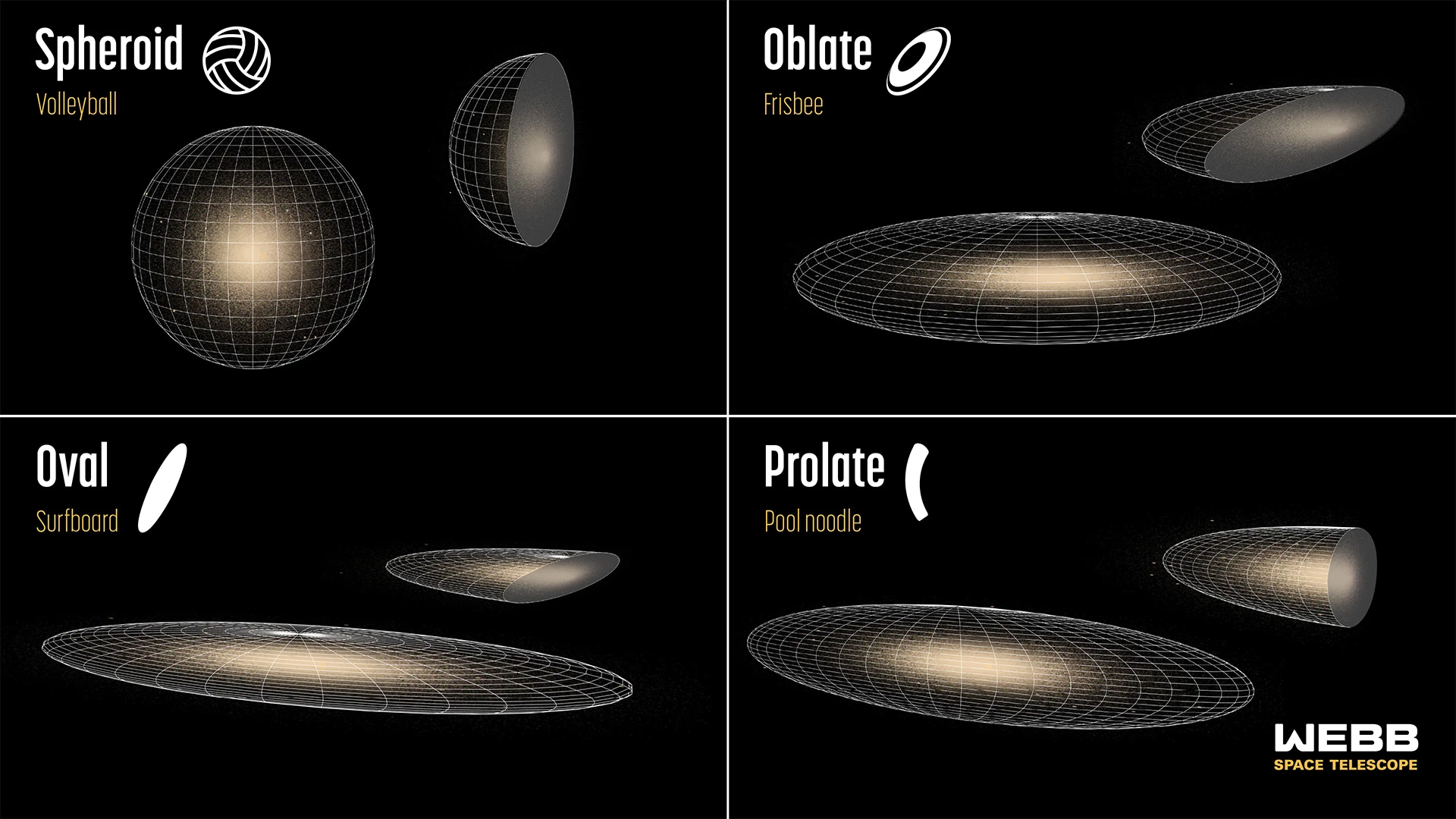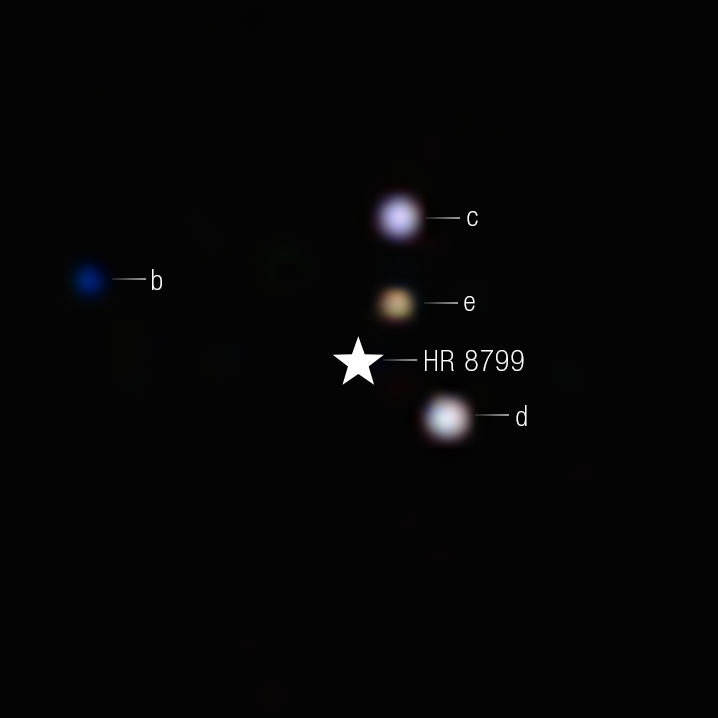- I regret to announce the passing of three more classmates, Burton C. Quist, Stephen R. Carley and Steven B. Franzeim. Click the names to read the obituaries.
- Read the March-April, 2023 Alumni Magazine column.
- Glaciers in Retreat. Read about Eric Hatch’s photographic odyssey and view the gorgeous photos.
- A link to the Dartmouth Reunion Housing page is posted on the 55th Reunion page along with additional information about reserving on-campus housing (a dorm room).
- Minutes of the February 11, 2023 Class Committee meeting are posted.
- See the tentative schedule of events for the 55th reunion. Oh, and when you sign up, you can see who else is attending.




